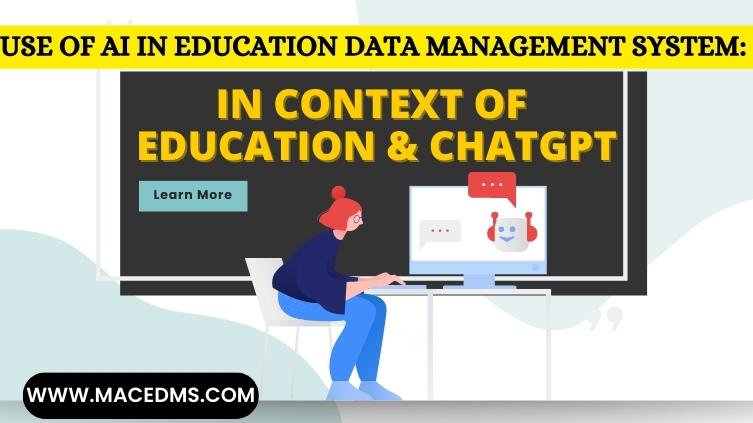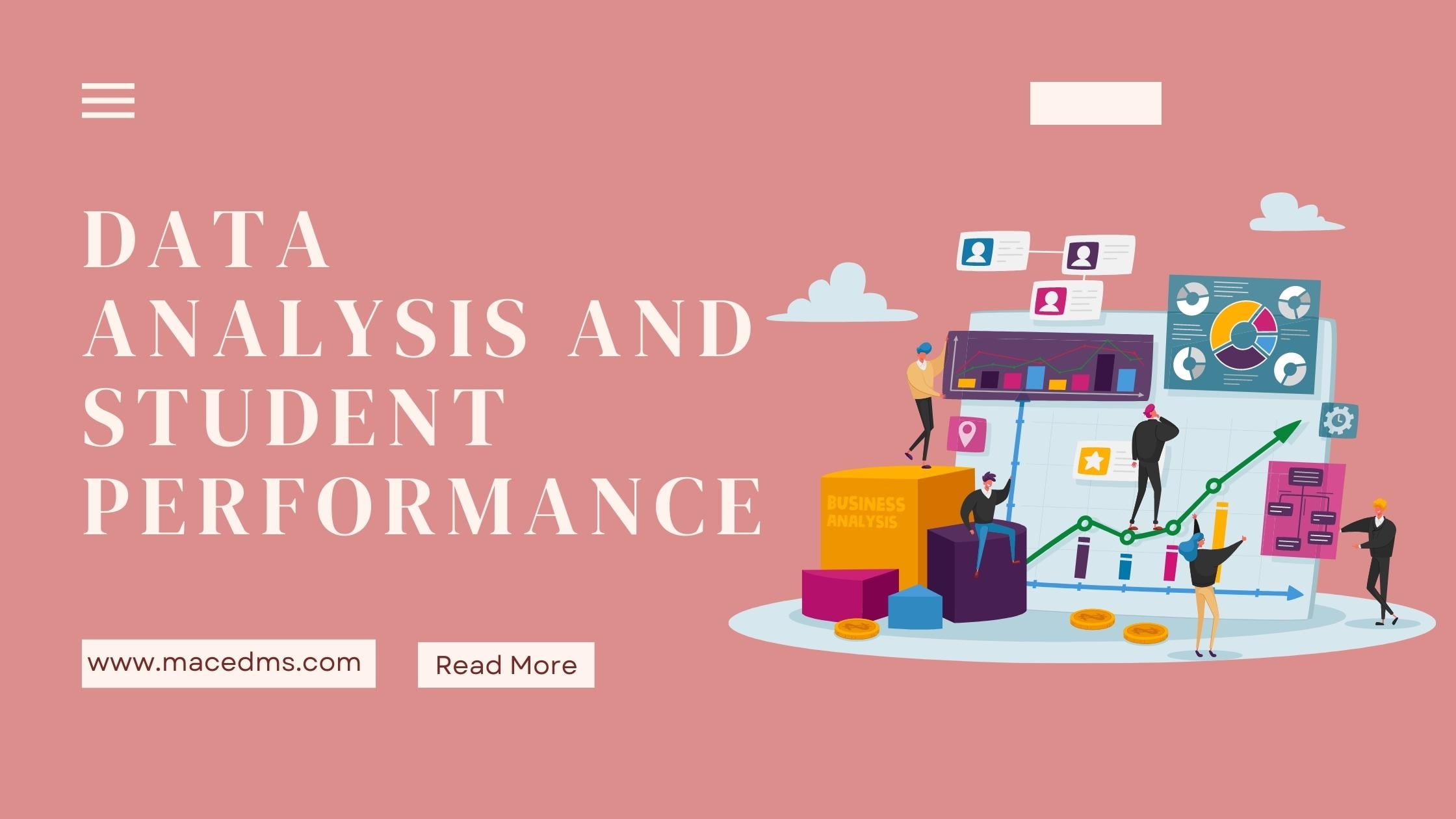
Use of AI in Education Data Management system: In context of Education & ChatGPT
Use of AI in Education Data Management system: In context of Education & ChatGPT Artificial Intelligence is a step forward towards technology. Over the years we have foreseen various technological advancements in the Education Industry. ChatGPT is going to bring significant change. Being an Educational Data Management company, we believe



